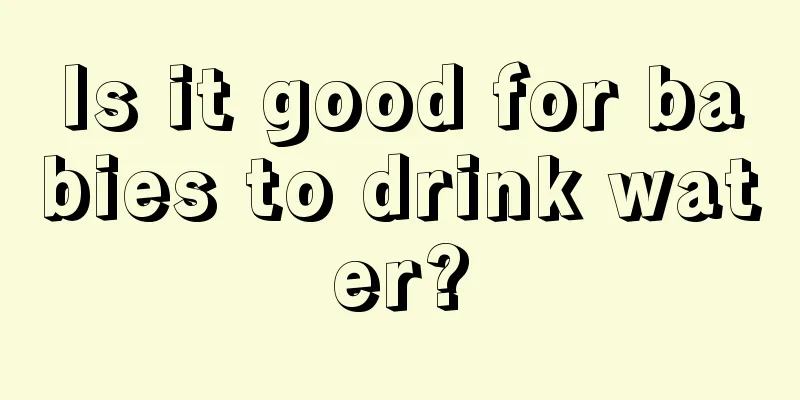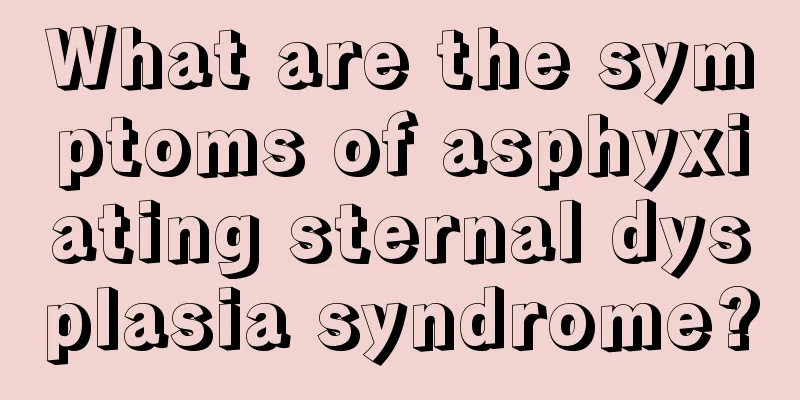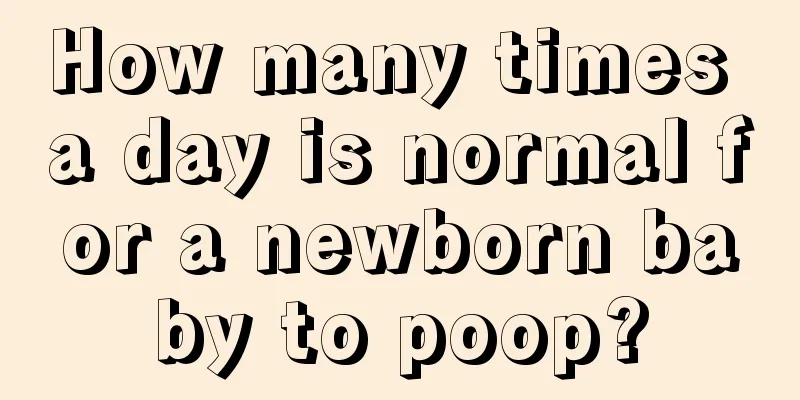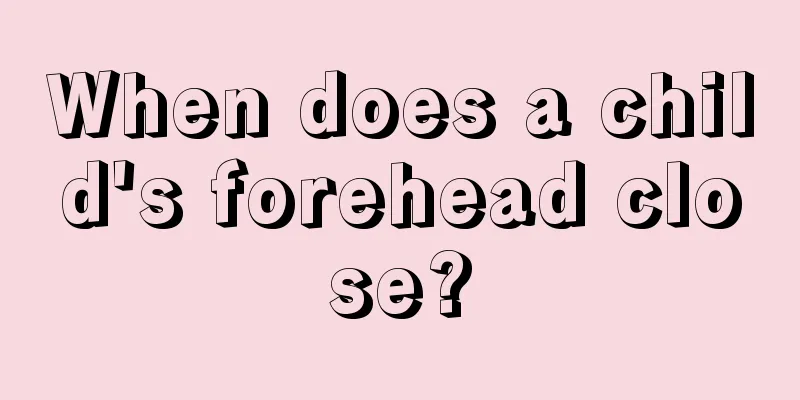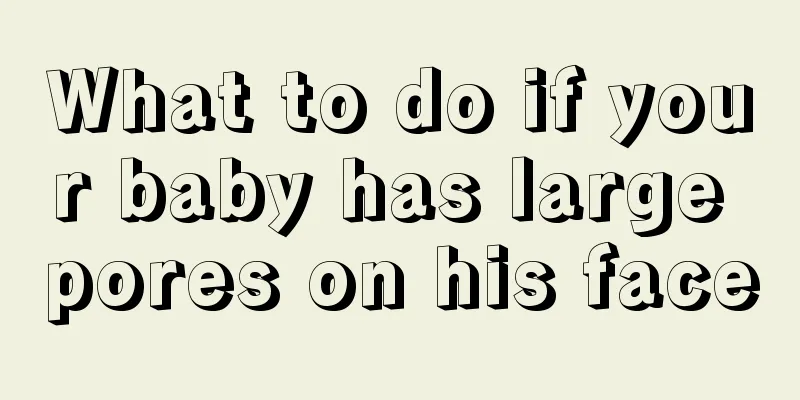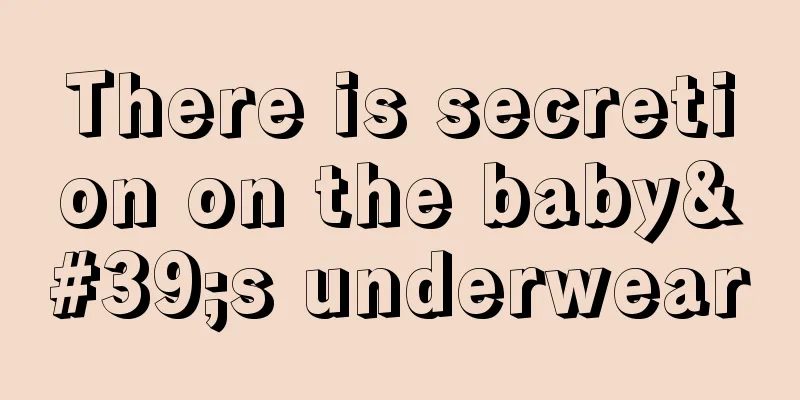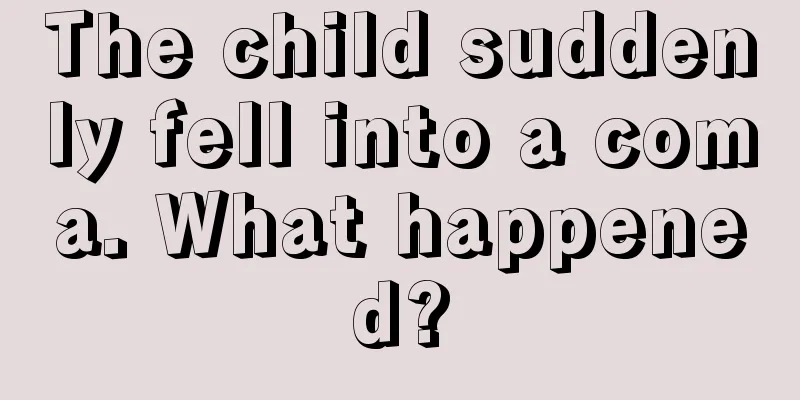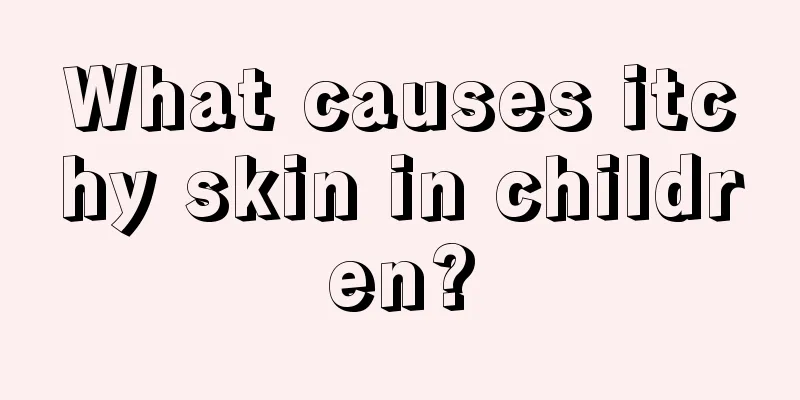What are the symptoms of convulsions in children?
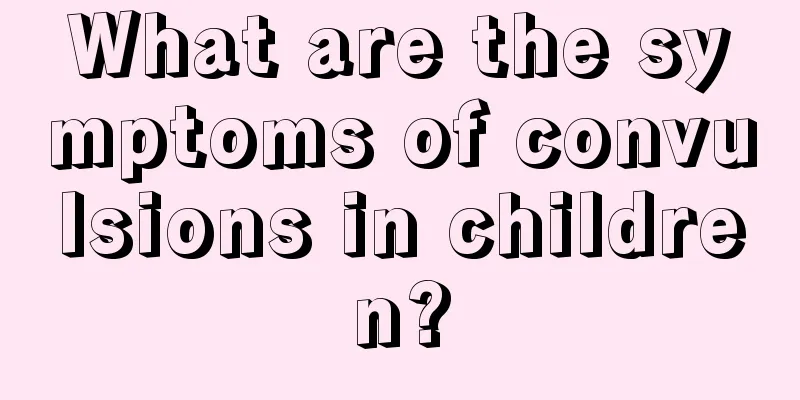
|
We all know that children will develop various diseases during their growth, and convulsions are one of the most common symptoms. Generally speaking, there are many reasons that cause convulsions in children, such as high fever, epilepsy, poisoning, etc. If a child has convulsions, parents must treat them in time, take the child to find out the cause, and treat it symptomatically. What are the symptoms of convulsions in children? What causes seizures in children? Caused by high fever Children are in the growth and development stage, and their brains are immature. When a child has a high fever and his body temperature rises above 39-40°C, a series of disorders in brain cell function may occur, and the central nervous system may become over-excited, making it easy for him to have convulsions. Tips: Once a child's fever exceeds 38.5℃, antipyretics should be used in time under the guidance of a doctor to avoid high fever convulsions. Epilepsy caused Epilepsy can also cause convulsions in children because the brain neurons of epileptic patients are too excitable. The neurons suddenly discharge abnormally and in large numbers, which transmit signals down the nerves and cause motor seizures of skeletal muscles, resulting in convulsions. Tips: Convulsions caused by epilepsy cannot be eliminated, and epilepsy can only be treated symptomatically. Calcium deficiency causes Calcium can stabilize the nerve cell membrane, prevent abnormal discharge activities of membrane potential, and reduce the excitability of nerves and muscles. When a child is severely deficient in calcium, it will interfere with the normal function of nerve cells, increase their excitability, and make them prone to discharge under weak stimulation, thus causing convulsions. Tips: Parents can take their children to the hospital for trace element tests. If they are deficient in calcium, they should take appropriate calcium supplements. Poisoning Children's convulsions may also be caused by poisoning. Children often suffer from convulsions due to accidental ingestion of poisons, drugs or drug overdose, direct effects of poisons or indirect effects on brain function such as metabolic disorders and hypoxia caused by poisoning. Common poisons include: carbon monoxide, organophosphorus pesticides, organochlorine insecticides, rodenticides, metals (lead, mercury, thallium), plants (poisonous mushrooms, datura, Xanthium sibiricum), food (gingko, bitter almonds), etc. Tips: If poisoning occurs, you should be rushed to the hospital for emergency treatment in time to avoid irreversible sequelae or even life-threatening conditions. Intracranial infection If a child suddenly has a convulsion that lasts for a long time and is a serious condition, it may be caused by an intracranial infection, such as meningitis, encephalitis, brain abscess, etc. It is mainly caused by bacteria or viruses directly entering the brain through the blood, causing meningeal infection, resulting in corresponding brain dysfunction and convulsions. Tips: Intracranial infection is often a serious condition and requires emergency hospitalization and treatment. Extracranial infection Children may also experience convulsions due to extracranial infections. Acute and severe infections such as acute gastroenteritis, toxic bacterial dysentery, sepsis, otitis media, tetanus, whooping cough, severe pneumonia, etc. can cause brain cell ischemia, tissue edema, and induce convulsions. Tips: After an extracranial infection occurs, hospitalization is the only option for treatment. Symptoms of convulsions in children A few children may have signs before a convulsion. If you see any of the following clinical signs, you should be alert to the onset of convulsions: extreme irritability or occasional "startling", mental tension, frightened expression, sudden increase in muscle tension in the limbs, sudden rapidity, pause or irregular breathing, sudden rise in body temperature, drastic change in complexion, etc. Most seizures occur suddenly. Typical symptoms of convulsions in children The typical symptoms of convulsions in children are sudden onset, loss of consciousness, head tilted back, fixed upward or squinting eyes, foaming at the mouth, clenched jaws, and clonic or tonic convulsions of the facial or limb muscles. In severe cases, the patient may experience neck stiffness, opisthotonos, irregular breathing, cyanosis, or incontinence. Late symptoms of convulsions in children Children's seizures can last from a few seconds to several minutes. Some children experience muscle weakness and drowsiness after an attack, and may even remain weak after waking up. Examination shortly after the onset of the attack revealed signs such as dilated pupils, slow reaction to light, and positive pathological reflexes. Consciousness was restored shortly after the onset of the attack stopped. What to do if your child has convulsions Protect your child's body When a child has a convulsion, do not panic, shout, shake or slap the child. Instead, immediately lay the baby down on his back, gently support the baby's body, and make sure that the baby does not touch any sharp, sharp or hard objects. If the child's head is tilted back and his limbs are straight and stiff, do not bend his limbs forcefully to avoid joint injuries. Unbutton When a convulsion occurs, place the child flat in a ventilated and cool place as quickly as possible, and unbutton the child's collar to prevent the neck from being too tight and affecting the airway. If conditions permit, the child can be given oxygen. Keep your airways open Parents can tilt their child's head to one side, because vomiting and increased oral mucus secretions often occur during convulsions. Tilting the head to one side can prevent vomitus and secretions from being inhaled into the trachea, causing breathing difficulties. If there is secretion in the mouth, it should be cleared away immediately. Avoid tongue bite Children often bite their tongue unconsciously during convulsions. Parents can wrap a small wooden board or chopsticks with clean gauze and place it in the child's mouth. Of course, if the child clenches his teeth tightly during a convulsion, do not force chopsticks into his mouth to avoid causing local damage. Press the Ren Zhong point When a child has a convulsion, parents can press the philtrum (the middle area under the nose) with their thumbs to open the orifices and wake the child up until the convulsions are relieved. However, the nails should not be too sharp or too forceful to avoid piercing the baby's skin and causing unnecessary damage. |
<<: The baby fell off the bed and landed on his head
>>: How to correct a flat back of the head?
Recommend
What to do if a newborn baby has red spots on his face
What is the reason for red spots on the face of a...
How often should I feed my newborn baby?
When babies are just born, they can't speak o...
What to do if there is whiteness in the baby's mouth
There are many oral problems. The most common ora...
How to massage your baby
Babies have relatively weak resistance and can ea...
What to do if your one and a half year old baby grinds his teeth
For children, if they grind their teeth while sle...
What is the reason why children sweat at night?
Children always sweat when they sleep at night, w...
What to do if premature babies have abdominal distension
The digestive system of premature babies is not f...
Introduction to the steps of children's makeup
Nowadays, children often participate in many prog...
Child has stomach ache after meal
Children have stomach pain after eating. There ar...
What should I do if my child has a toothache and a swollen face?
Children will encounter many problems as they gro...
How to help children get rid of Internet addiction more effectively
All parents will be worried when their children a...
What are the disadvantages of children staying up late
Staying up late is a behavior that many people do...
What to do if a one and a half year old child has a fever
Children can be the hope of the entire family. On...
Treatment of Down syndrome in children
Nowadays, examples of children with Down syndrome...
Is bronchial asthma in children serious?
Childhood bronchial asthma is a relatively common...

